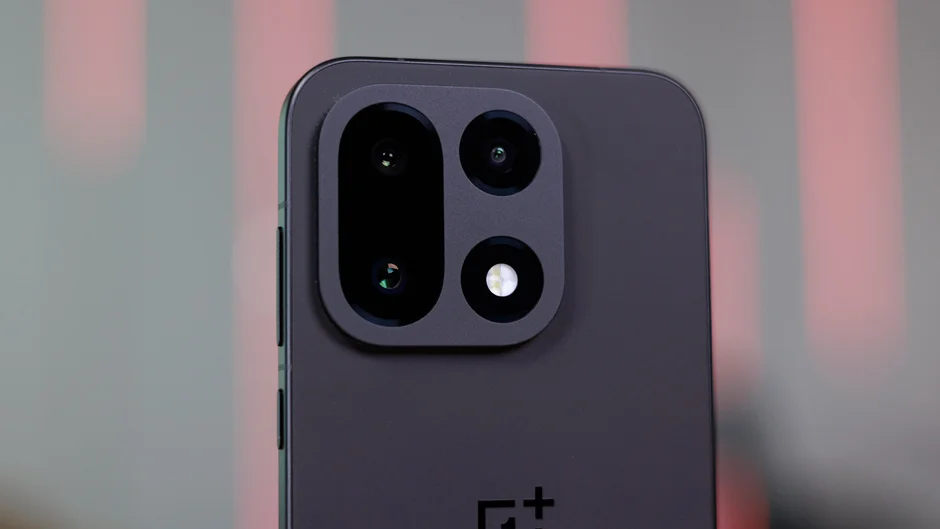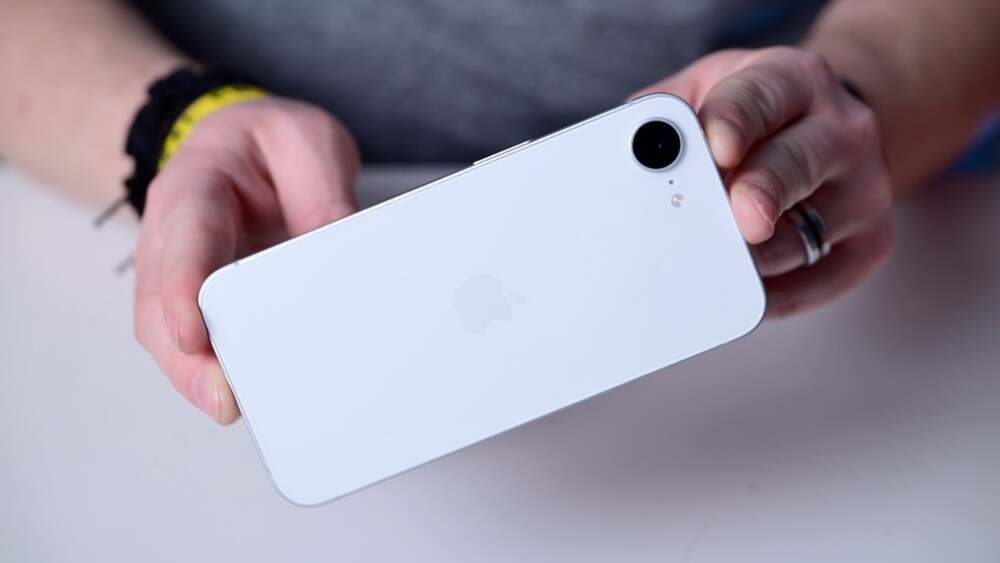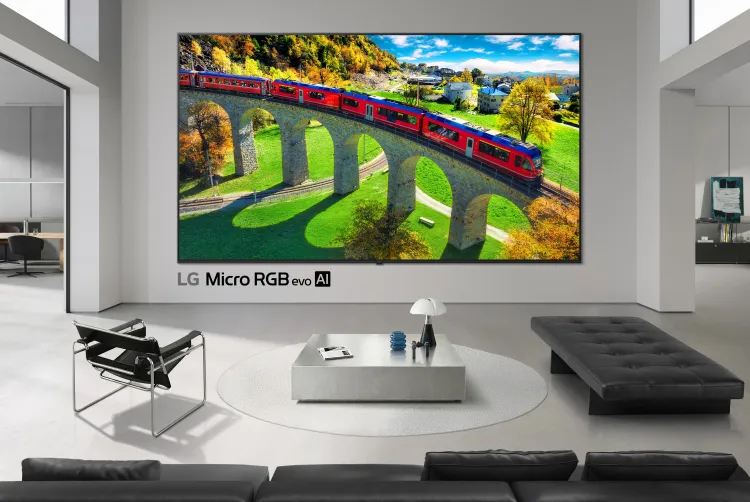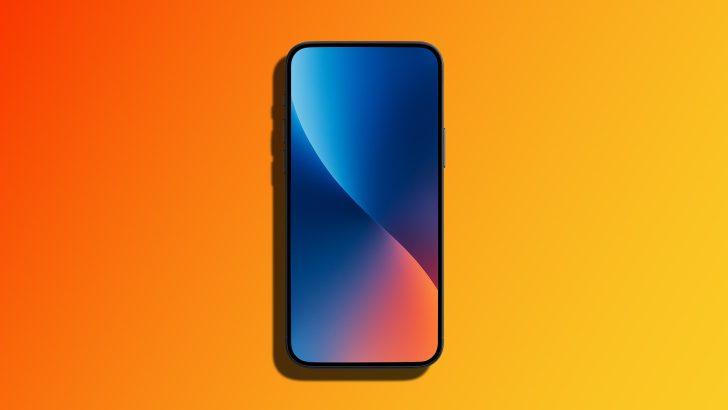The upcoming launch of the OnePlus 15 has been keenly watched by mobile-tech enthusiasts, and now the company has officially confirmed a key change in one of its star features: the display resolution. What was expected to be a full-on flagship step up is now raising eyebrows — as OnePlus publicly confirmed a move from a QHD+ screen in prior models to a “1.5K” resolution panel, while still delivering a high 165 Hz refresh rate. The question for many: is this a downgrade in disguise, or a calculated trade-off aimed at performance and efficiency?
What the Change Involves
In recent communications, OnePlus revealed that the OnePlus 15 will ship with a display resolution described as “1.5K”. In previous flagship models, OnePlus has consistently offered QHD+ (roughly 2560×1440 or similar) panels. The new resolution thus represents a lower pixel count on paper. At the same time, OnePlus emphasises that the screen will support a 165 Hz refresh rate—above the common 120 Hz in many leading phones—and will include enhancements in brightness, power efficiency and new display driver technology.
According to the company, the reason for the resolution reduction is a technical one: their view is that a QHD+ panel running at 165 Hz isn’t feasible yet given current circuit and luminescent-material limitations. As a result, they opted for a 1.5K resolution (which may be around e.g. 2400×1080 or other variant) to maintain smooth motion, high refresh and lower power draw, rather than push QHD+ with compromises in speed or battery life.
Why Some Users Are Disappointed
For long-time OnePlus fans and flagship-watchers, this move looks like a backward step. A few of the common concerns include:
- Perception of “flagship” quality: QHD+ has become a hallmark of premium phones. Dropping it while keeping the “flagship price” expectation could feel like less value.
- Future-proofing: Higher resolution screens offer sharper visuals, especially for large screens, VR/gaming scenarios or when the phone may be used for multiple years. Reducing resolution might limit that headroom.
- Marketing mismatch: The expectation was that every element would “level up” in a new flagship — not partially step back. Some users view the 1.5K label as a marketing construction.
- Competitive comparison: Rival brands may continue offering QHD+ + high refresh; the OnePlus 15 thus may look weaker on spec sheets—even if in real-world experience the change is imperceptible.
Why OnePlus Believes It’s the Right Move
On the other hand, OnePlus’s official rationale underlines several arguments that appeal to performance, efficiency and user experience:
- Higher refresh rate first: The switch to 165 Hz is among the fastest refresh rates in the smartphone market. Higher refresh tends to benefit motion smoothness, gaming and perceived responsiveness more than resolution in many cases.
- Power savings & battery life: Running fewer pixels at full speed consumes less power. A 1.5K panel may allow better battery life, especially in high refresh mode or when paired with a very large battery.
- Performance parity: By focusing on refresh rate and optimized display driver hardware (including dedicated co-processors or display drivers), OnePlus argues the visual experience remains excellent even at a slightly lower resolution.
- Cost control for other features: If some budget is freed by adopting a 1.5K panel, that might allow investment in other standout features — e.g., charging speed, camera improvements, or larger battery — which OnePlus also emphasises in this model.
OnePlus even went as far as to claim that the new screen, despite the lower “resolution number”, is more expensive to produce than the previous model’s display — because of the advanced circuitry, materials and high-frame-rate driver design.
Real-World Impact: Will Users Notice?
The important part is not just what the sheet says, but how it feels in daily use:
- For many users, the difference between 1.5K and QHD+ may be visually negligible at typical viewing distances — especially on smartphone screens of ~6.7″ size. Unless you closely inspect 4K/VR content or hold the phone very near your eyes, the resolution drop may not degrade perceived sharpness.
- Because the refresh rate jump is large (120 Hz → 165 Hz), motion-based tasks (scrolling, animations, games) may feel distinctly smoother — potentially more noticeable than a slight resolution drop.
- Battery life: If the resolution change does improve efficiency and allows the company to pair a larger battery or sustain high refresh longer, many users may experience a “better all-round” device rather than a “worse screen”.
- Gaming/competitive use: For users who emphasis gaming, frame-rate and refresh may matter more than resolution. Hence, the trade could make sense for that segment.
- The “flagship feel” factor: Ultimately, some buyers assess based on flagship specs alone. For them, “QHD+” may carry symbolic weight. So perception might matter.
Other Specs & Upgrades to Consider
Despite this display resolution controversy, the OnePlus 15 still promises a suite of strong flagship features:
- A top-tier chipset (such as Snapdragon 8 Elite Gen 5 or equivalent) which ensures high performance and future-proofing.
- Ultra-fast charging support and large battery options, which OnePlus has emphasised in leaks and early teasers.
- Improved display hardware overall: OnePlus has revealed ultra-narrow bezels (~1.15mm), increased brightness, improved color accuracy and driver technology enhancements.
- Strong camera hardware and imaging engine: The company has announced a shift to its in-house “DetailMax Engine” for image processing (moving away from prior third-party collaborations).
- Refreshed design and new colors (e.g., a “Sand Storm” finish), indicating that the brand is pushing new aesthetics and build-quality upgrades.
Considerations for Buyers in Pakistan / South Asia
Since you are based in Karachi, a few local-market considerations may be worth noting:
- Region-specific variants: Ensure the model you buy supports all the required 5G bands and network compatibility in Pakistan (e.g., local carriers).
- Import pricing & local warranty: Premium phones often carry higher effective cost once taxes, duties and import margins are included. The trade-off of a 1.5K panel might be less important for users who prioritise battery/charging or value-for-money.
- Software updates: OnePlus devices typically get several years of updates; check specifically for your region.
- Comparative models: If QHD+ resolution is very important to you (for reading, VR, high-end photography), you might want to compare this model against other flagship phones that maintain QHD+ screens.
- Real-world testing: Since the OnePlus 15 is due for launch soon, checking real-world reviews (especially local reviews) on screen sharpness, battery life and high-refresh responsiveness will help decide if the trade-off is acceptable.
Verdict: Smart Trade or Spec-Cut?
On balance, the OnePlus 15’s resolution change appears not to be a simple budget cutting move, but rather a design decision aimed at balancing refresh rate, power efficiency, performance and other flagship features. That said, from a purely spec-sheet perspective the move will disappoint users expecting every metric to go up every generation.
If you’re a user who prioritises smooth motion, fast charging, gaming responsiveness and battery life, then the OnePlus 15 could deliver impressive value — and the minimal difference in resolution may be imperceptible in practice. However, if you’re a screen-purist who demands “maximum resolution” or invests in VR, then this might be a sticking point.
In short: the downgrade is real on paper, but it may not feel like one in actual use — depending on your usage style and priorities.
















Leave a Reply